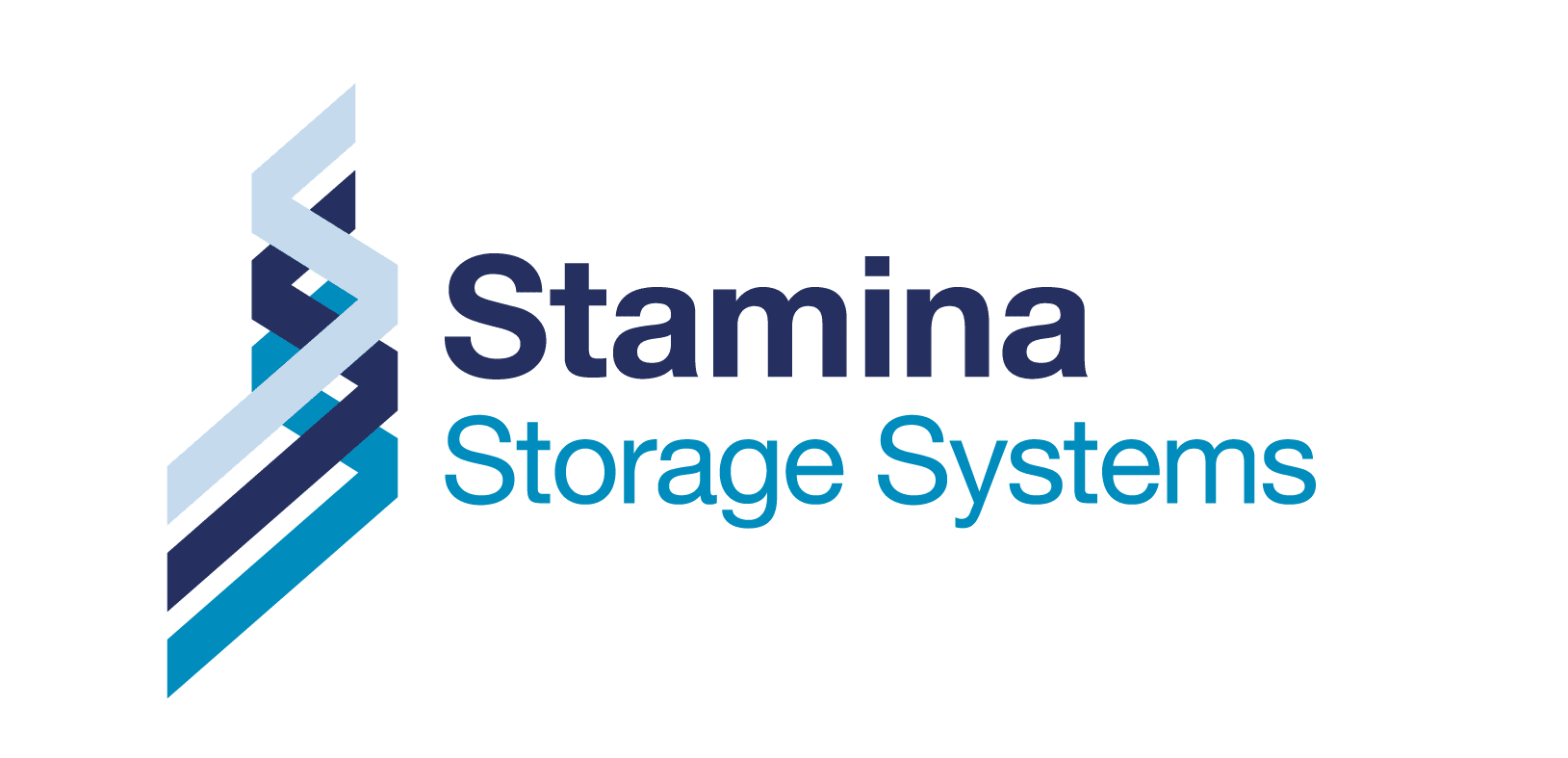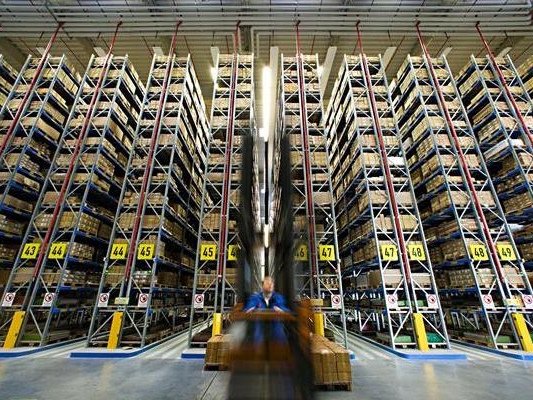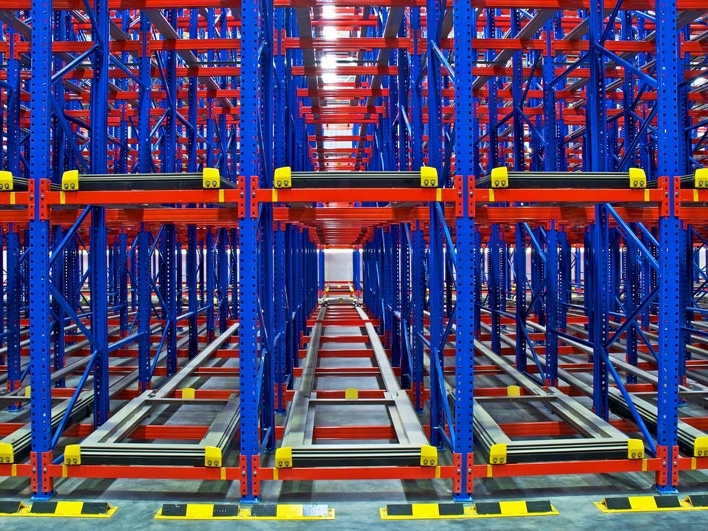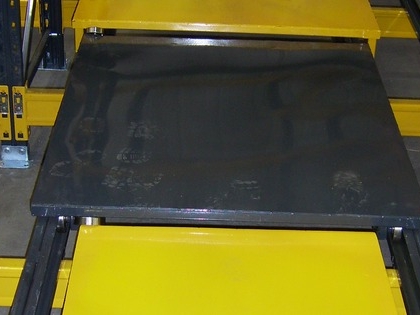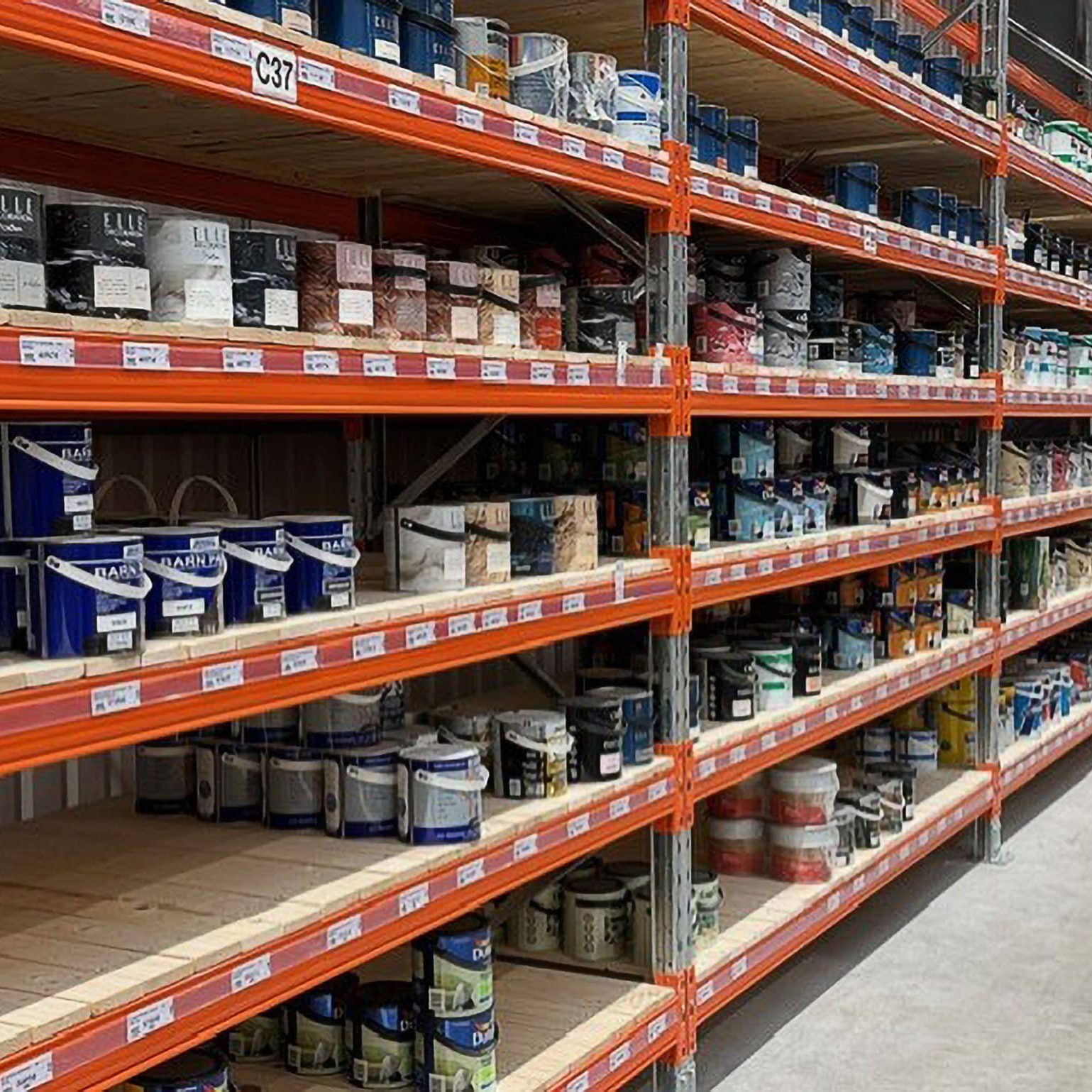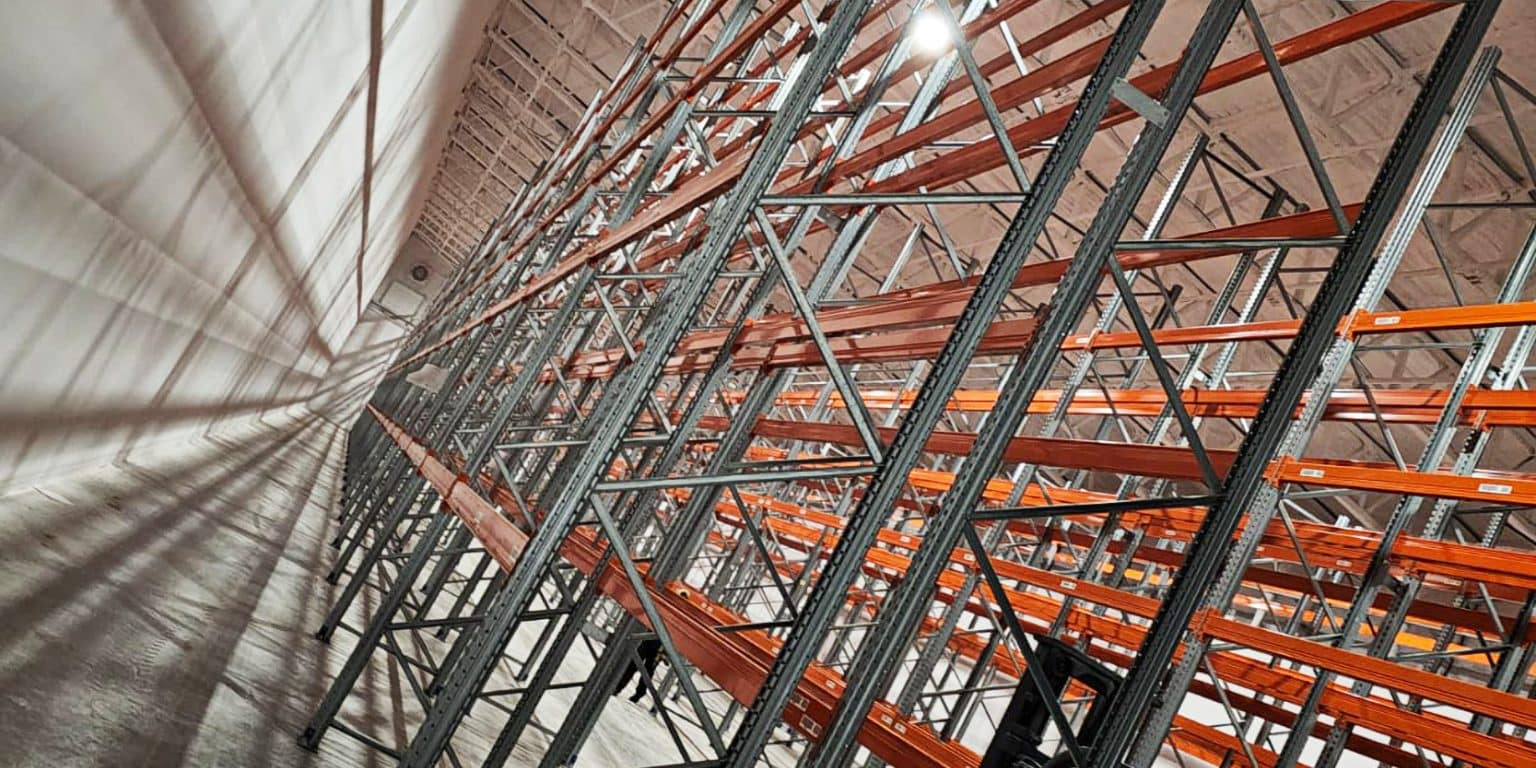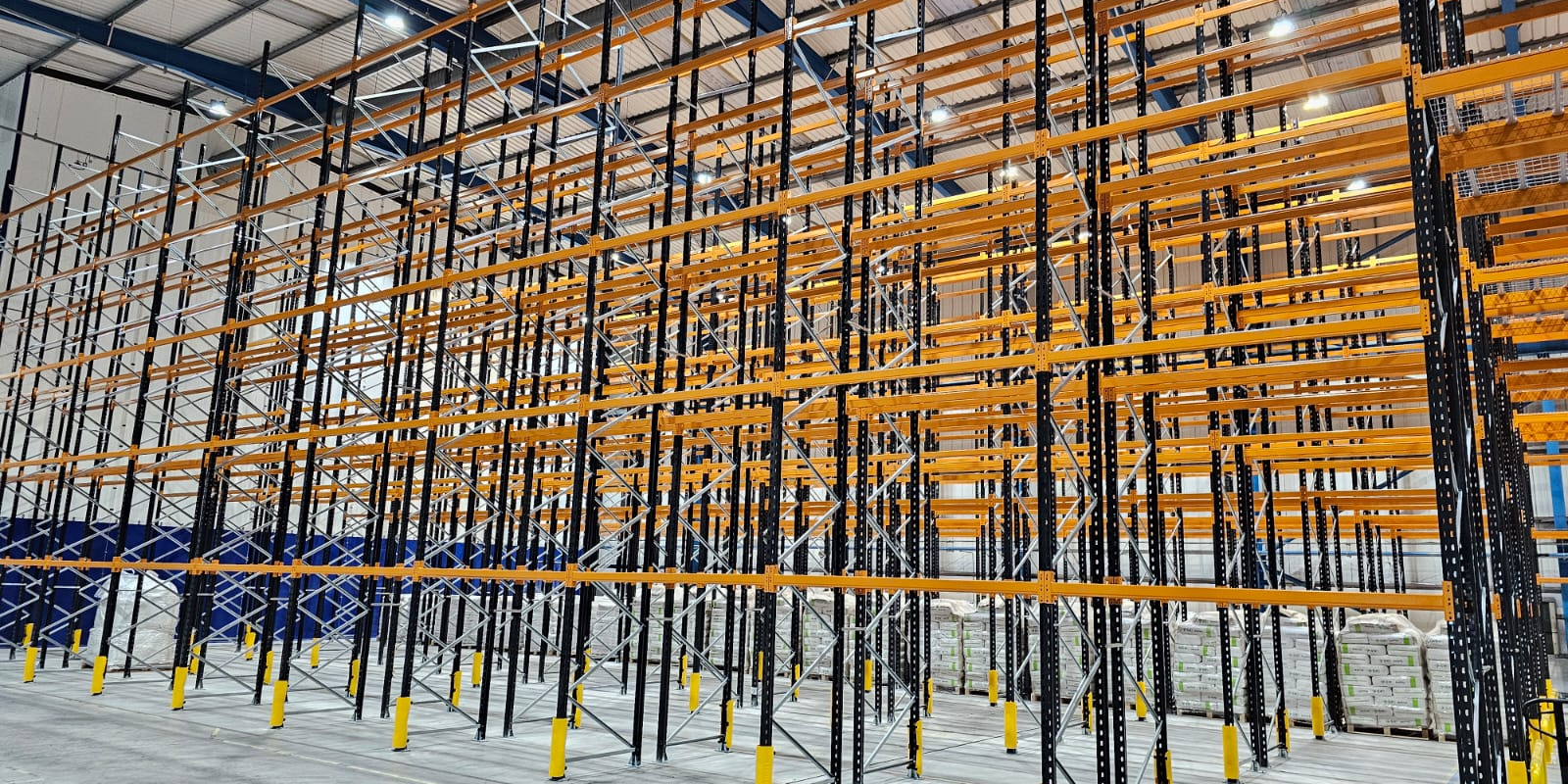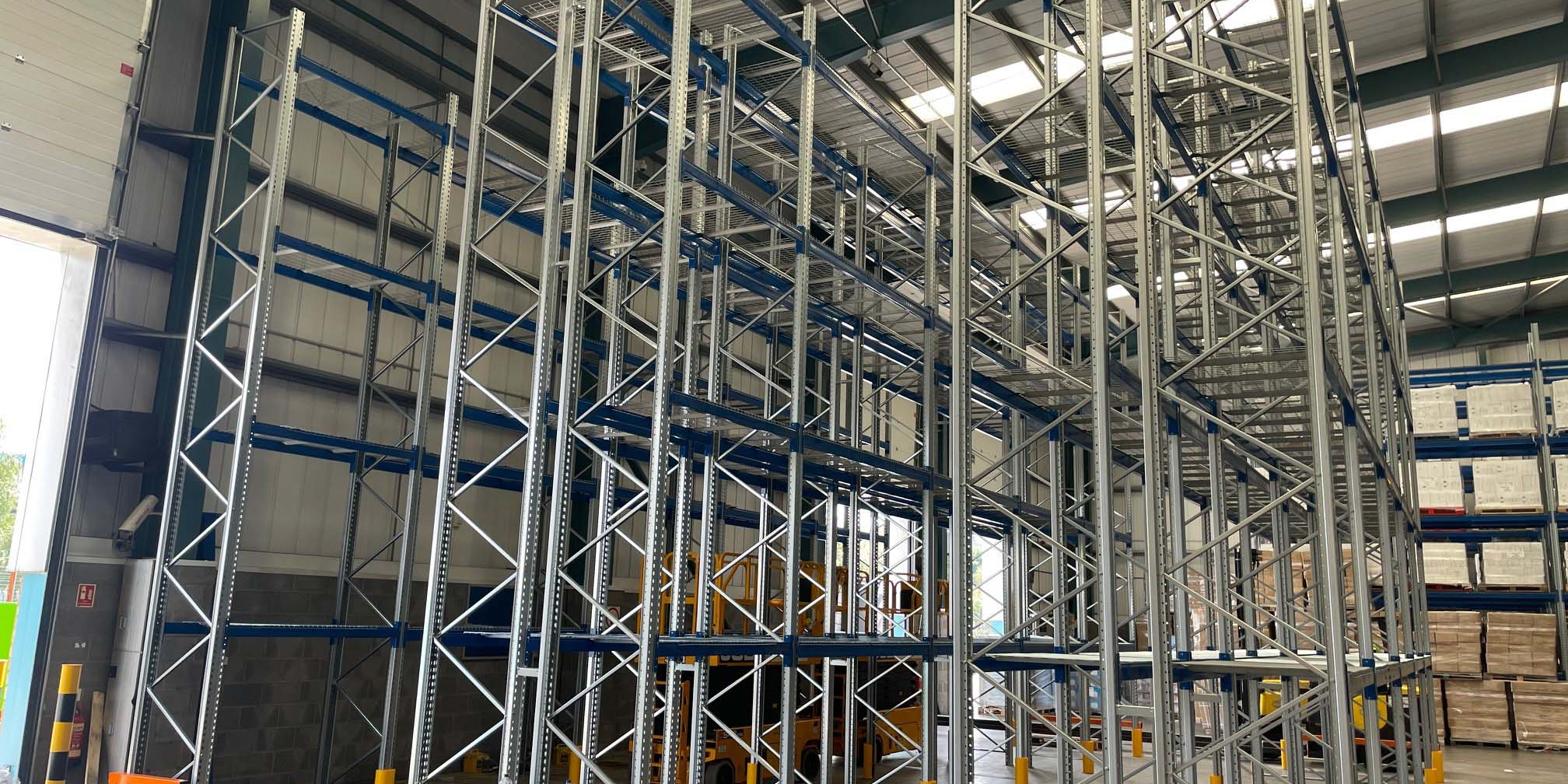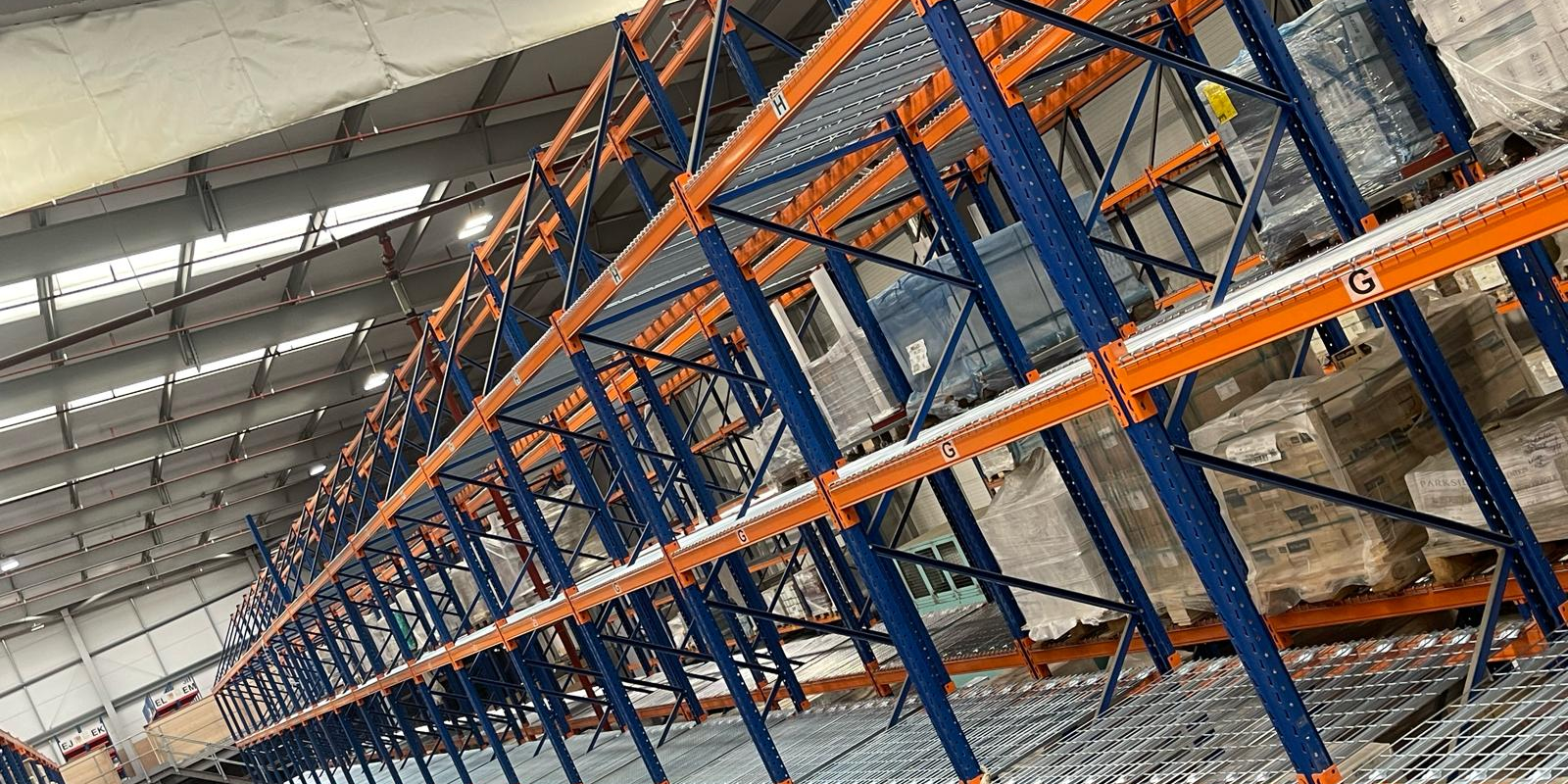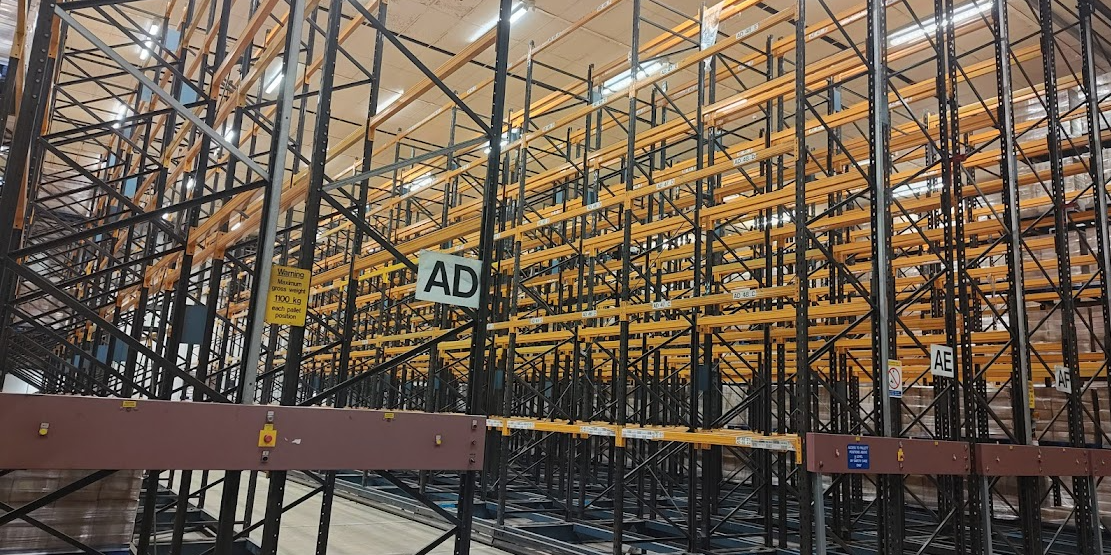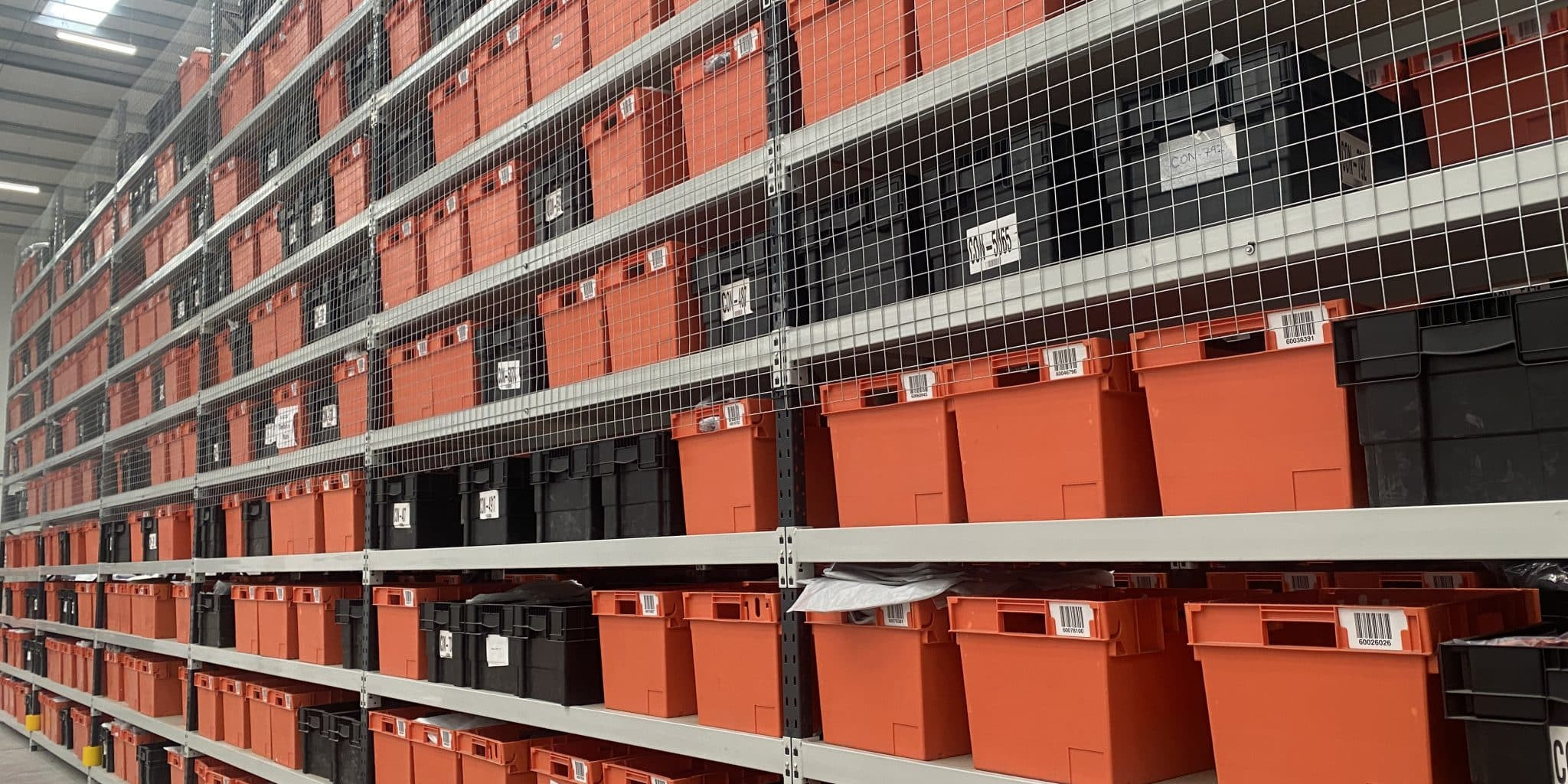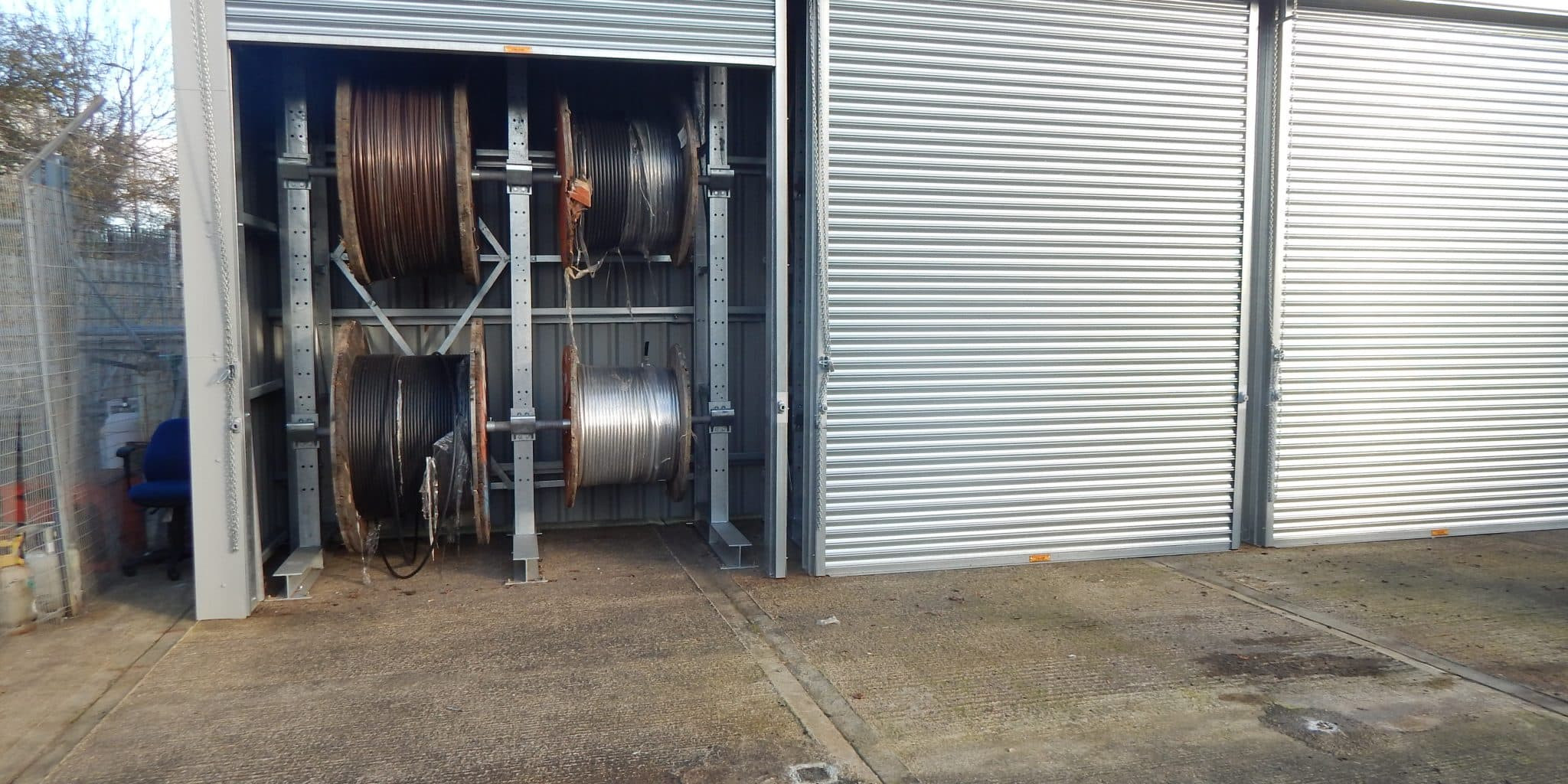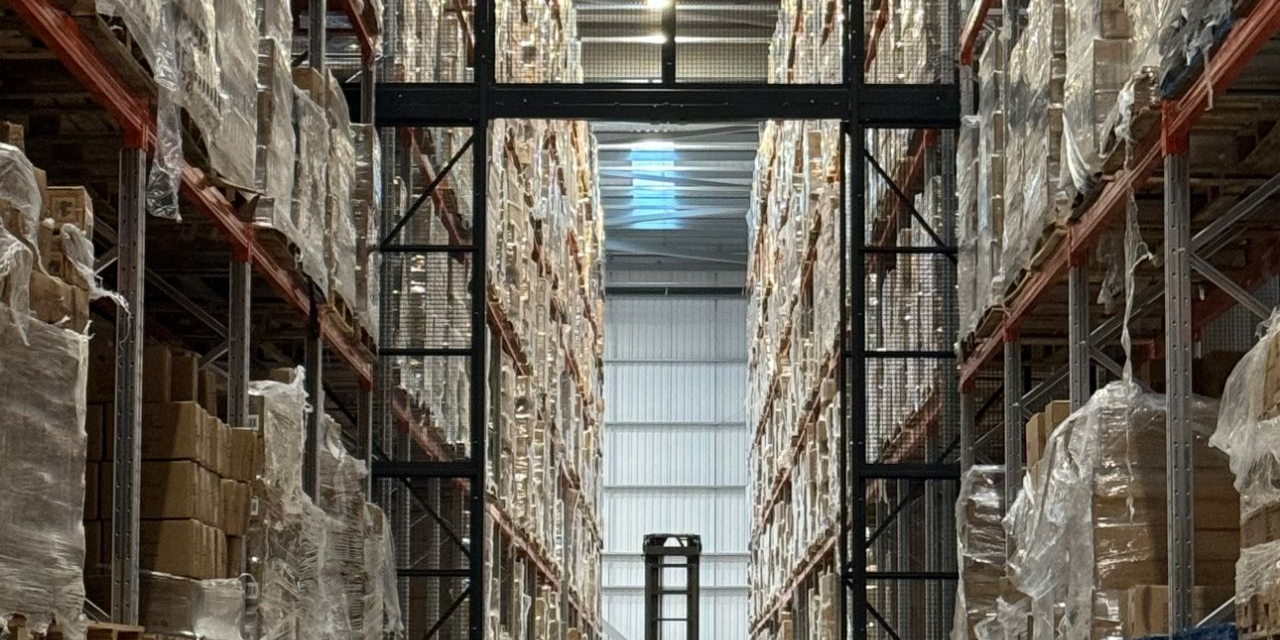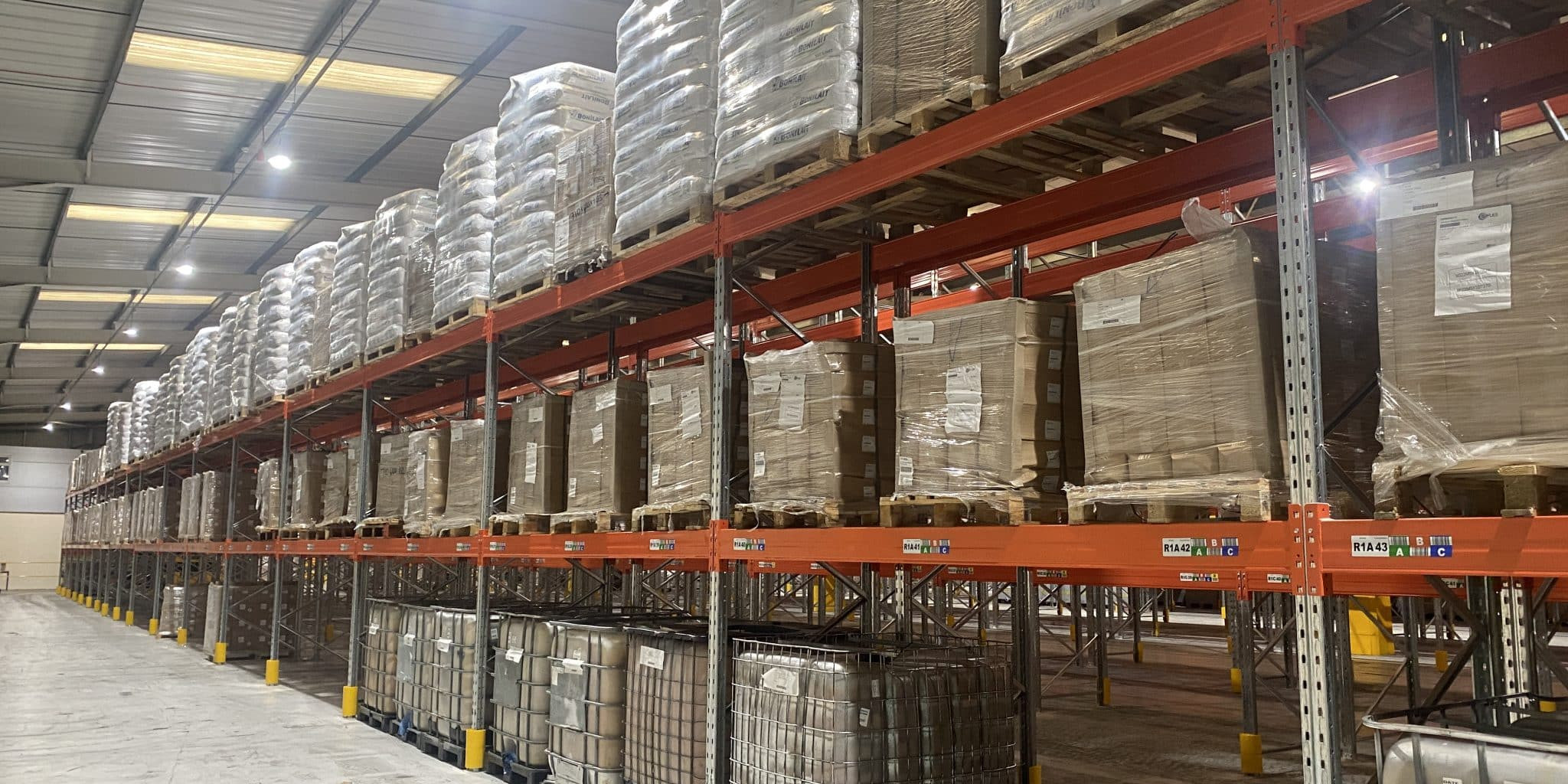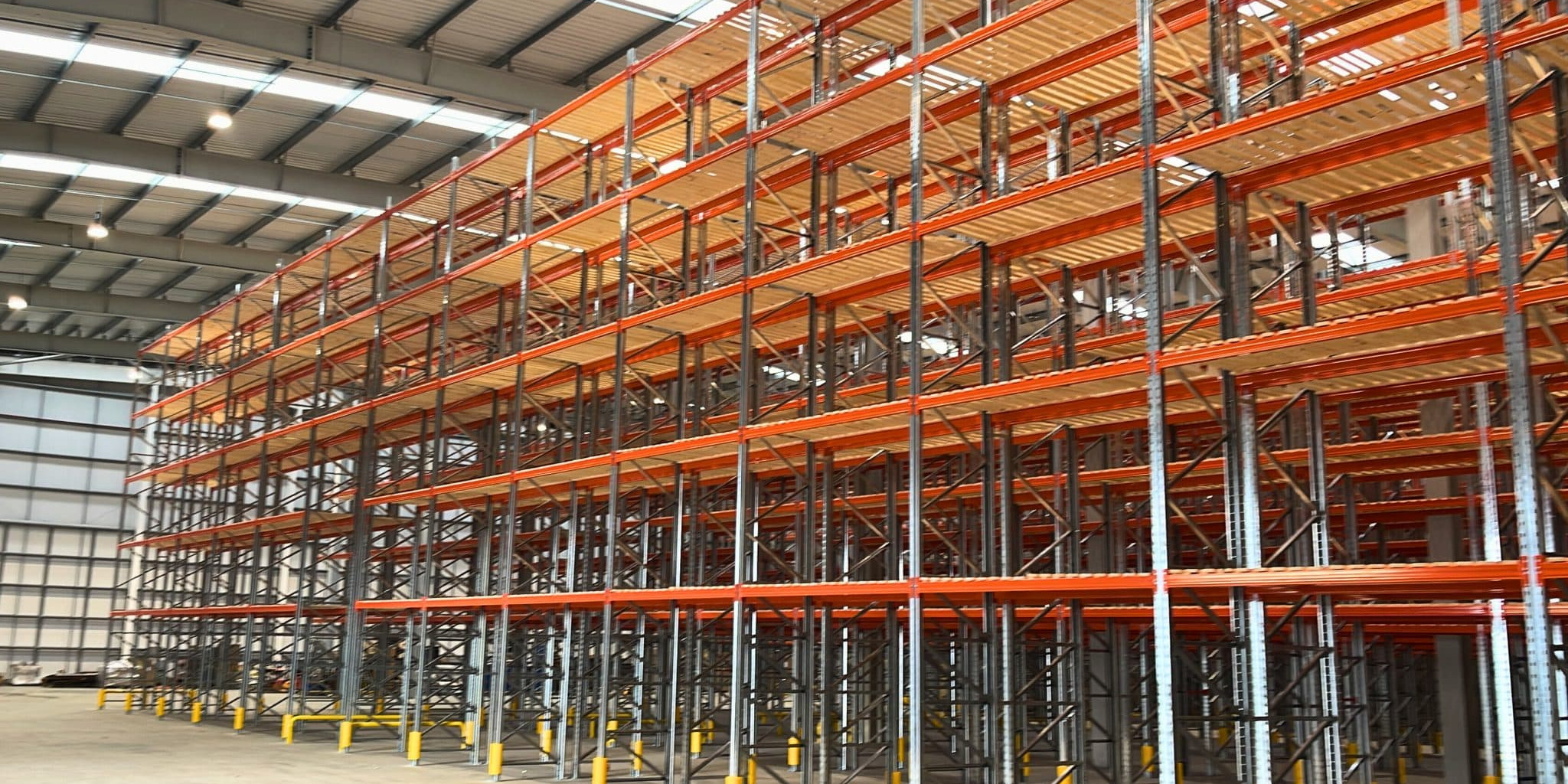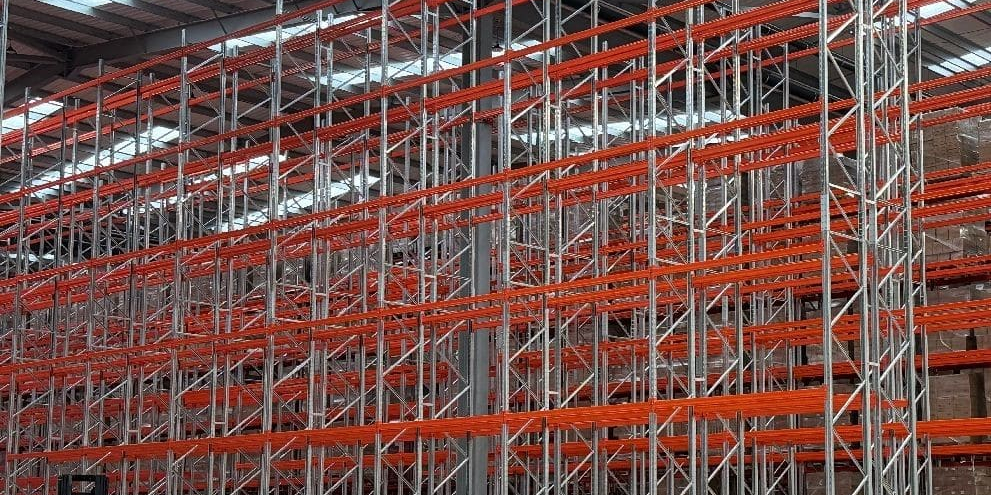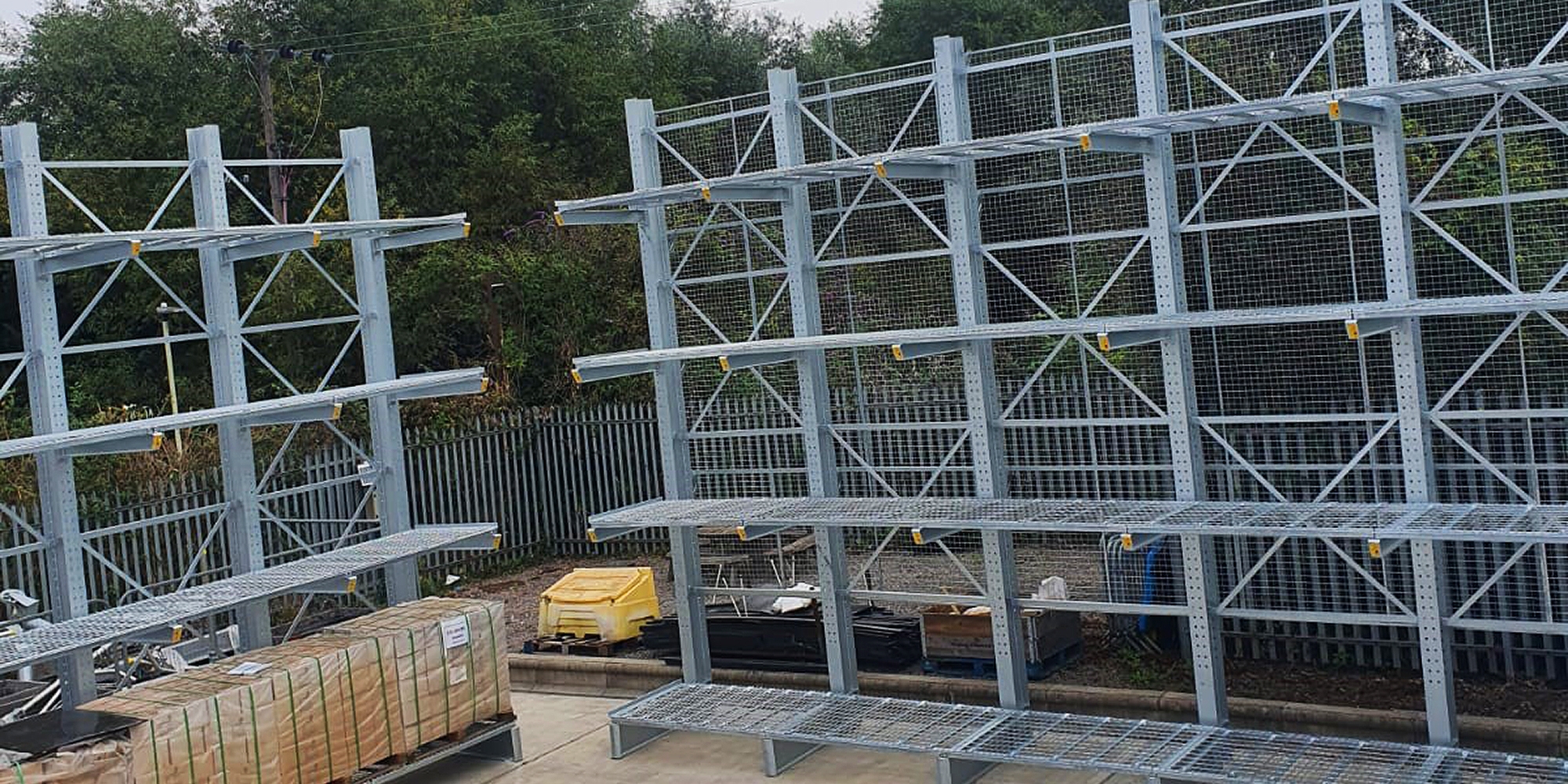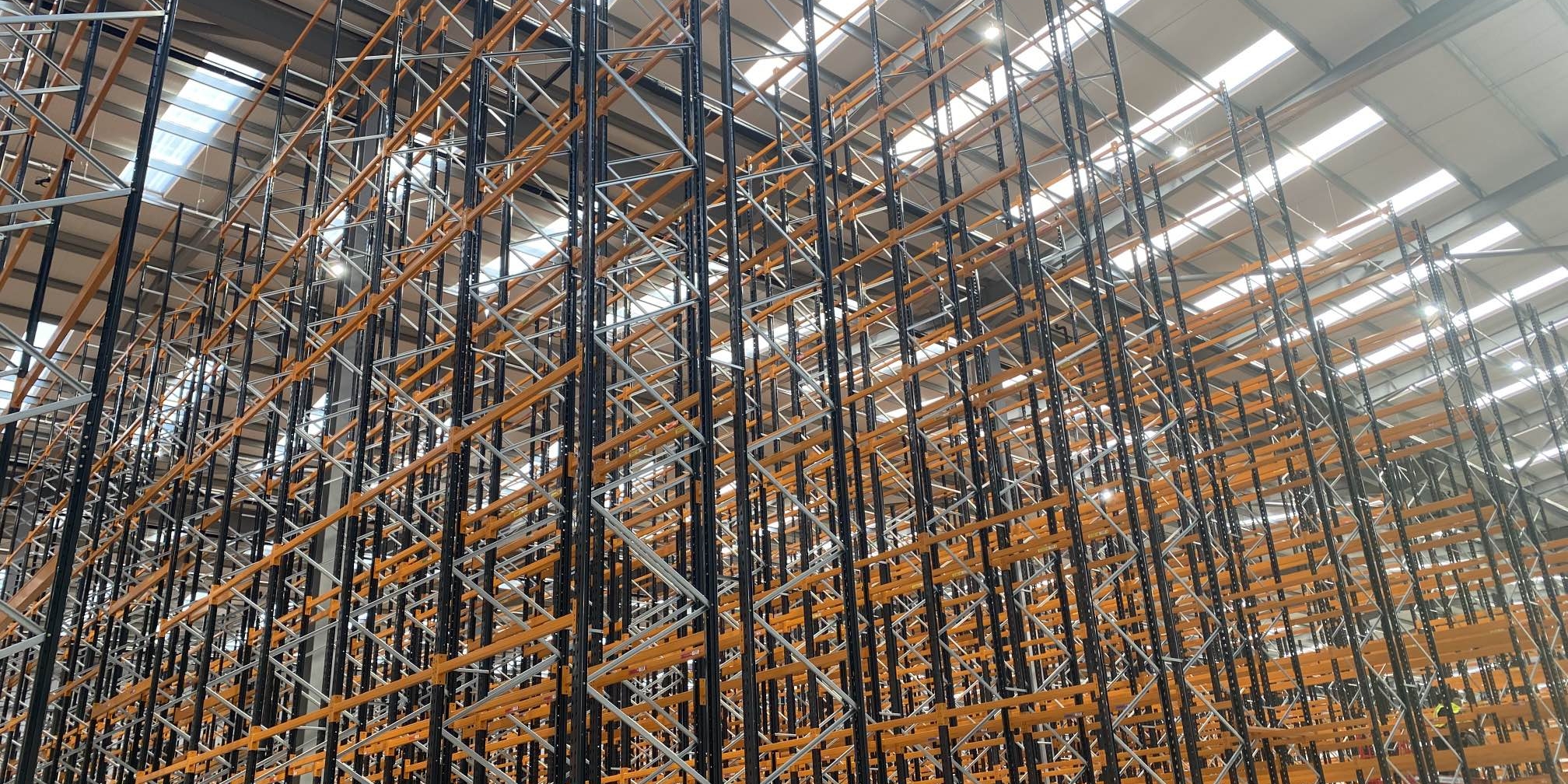Products
Push-Back Racking
Push-back Racking allows for efficient storage and retrieval while maintaining accessibility to all stored items.
For business looking to strike a balance between storage density and selectivity, where pallets are loaded and unloaded from the same aisle.
Push-Back Racking Systems
General Information
Push-back racking is a type of selective pallet racking system used in warehouses to maximise storage density while maintaining selectivity and ease of access to stored goods. Ideal if you're storing bulk goods on pallets according to the Last-in, First-out (LIFO) principle.
Our Push-back Racking Systems are engineered with the highest quality standards to ensure reliable performance and outstanding goods protection.
Our team of experts will work closely with you plan and design a bespoke system according to your specific requirements, ensuring optimal functionality and seamless integration into your warehouse operations. They can also advise on our range of racking protection products such as Protect It XL and Protect It Maxi Column guards to protect your racking and stock from damage caused by materials handling machinery.
The benefits of Push-Back Racking
High Density
Push-back racking allows for high-density storage because it enables multiple pallets to be stored deep within the racking system, often up to five or six pallets deep. This maximises the use of available floor space.
Selective Access
Unlike some other high-density storage systems like drive-in or drive-through racking, push back racking offers selective access to each pallet position. This means that individual pallets can be accessed without disturbing other pallets in the same lane.
Efficiency
Push-back racking is known for its efficiency in both loading and unloading pallets. It minimizes the need for forklifts to enter deep into the racking structure, reducing the risk of damage and improving productivity.
Improved Product Visibility
Each level of the push back racking system is visible from the aisle, making it easier for warehouse personnel to identify and retrieve specific pallets.
Redundant Rails
Push-back racking systems are designed with redundant rails to provide additional safety and stability.
Versatility
Push-back racking can accommodate a variety of pallet sizes and weights, making it suitable for a wide range of products and industries.
Reduced Aisle Width
Since forklifts only need to access the front of the racking system, the required aisle width is narrower than that of traditional selective racking systems, further optimising space.
The features of Push-Back Racking
Accessibility
All lanes can be accessed from the aisle at any time irrespective of the storage level.
Maintenance costs
Slow or fast movement of loads within lanes, requires little maintenance.
Applications
This type of system is well suited to the task of load marshalling, allowing up to six loads to be stored in each lane. It’s also great for bulk storage and bulk handling.
Identification
Each load in the depth can be identified by track-mounted ‘flags’ located on the access face.
Key facts
- Aisle width: 3 - 4 metres
- Space utilisation: 85%
- Pallet accessibility reduced
- Low throughput speeds
- Standard forklift options
Push-Back Racking From Stamina Storage Systems
Our expert team here at Stamina Storage Systems in Leeds can supply, design and install push-back racking systems for businesses UK wide. We offer a full turnkey solution, whether you require a narrow aisle racking system or part of a larger project. We can also supply a wide range of pallet racking, from drive-in racking to cantilever racking, so get in touch today to discuss your project with out team.
For more information about our Push-Back Racking please contact us today.
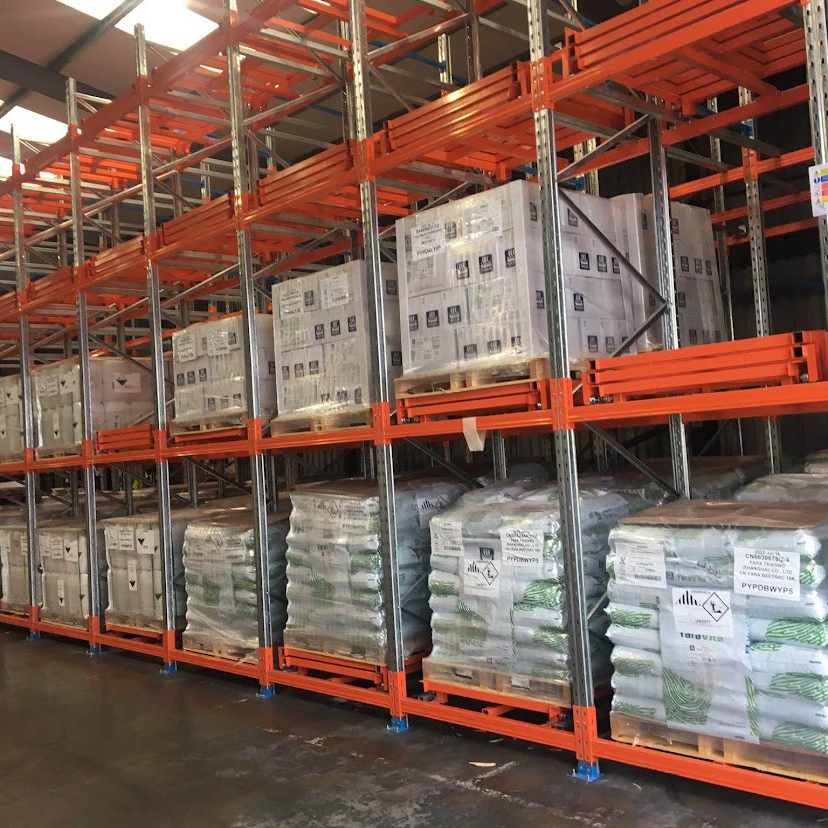
Push-Back Pallet Racking: Frequently Asked Questions
If you can't find the answer below, feel free to contact us!
Push-back pallet racking is a high-density storage system designed for warehouses and distribution centers. It uses inclined rails and nested carts to store pallets multiple levels deep. Pallets are loaded and retrieved from a single aisle, making it efficient and space-saving.
Pallets are loaded onto nested carts that roll back as new pallets are added, with the system operating on a Last In, First Out (LIFO) basis where gravity moves pallets forward for retrieval.
This system offers high storage density, easy pallet access from the front, versatility for various pallet sizes, and durability due to minimal moving parts.
It maximises storage space, reduces handling time, and improves safety by limiting forklift maneuvering, making it ideal for warehouses with high-density storage needs.
It operates on a LIFO system, has limited access to pallets in deeper positions, and requires a higher initial investment compared to selective racking.
Push-back racking is best for industries with non-perishable goods, high inventory turnover, and limited floor space but low FIFO requirements.
No, it is best suited for products that don’t require strict FIFO management. For perishable or time-sensitive items, a FIFO system like pallet flow racking might be more appropriate.
It offers higher density than selective racking but less pallet accessibility and operates on LIFO, unlike pallet flow racking’s FIFO.
Costs vary but are higher than selective racking; however, the long-term space savings and efficiency justify the investment. Please contact the team at Stamina to discuss your requirements and provide a quote.
Related products
Narrow Aisle Racking
Our Narrow Aisle Racking (VNA) is ideal for warehouses with high-density storage needs. Narrow Aisle Racking can…
Drive-In and Drive-Through Pallet Racking
Stamina Storage Systems is your go-to distributor for drive-in pallet racking systems, designed to maximise storage…
Our client relationships are a testament to our dedication to provide the best results for you...
Celkom turned to Stamina Storage System to plan, and install a pallet racking to a new warehouse in York. Read more about this project here
Adjustable Pallet Racking for Leading Yorkshire Food Supplier
Our client turned to Stamina as their ‘go-to’ racking supplier to design a adjustable pallet racking system
Tile retailer enhances the safety of their warehouse
National tile retailer sought to enhance the safety and versatility of their warehouse by updating their existing pallet racking system. They…
Dismantle and Reconfiguration Project for Walkers Transport
Walkers Transport is a leading UK transport and logistics company providing pallet collection and delivery, storage, pick, pack and distribution from…
Our client had seen significant growth over the past couple of years which has resulted in them needing to fully optimise their existing 60,000sq ft…
Network Rail – Bespoke Secure Storage Unit
As an approved supplier of Network Rail, Stamina Storage Systems were approached to design a bespoke storage solution for the client to secure area…
Aerosol Caging & Pallet Racking
To meet the stringent health and safety requirements, the end client required a bespoke pallet racking system with aerosol caging.
Having used Samina Storage Systems for a previous warehouse pallet racking project, they knew Stamina would be the right choice again to provide…
Bishopsgate Specialist Logistics and Installations
Following their successful collaboration in Warrington, where Stamina supplied pallet racking for their facility, Bishopsgate turned to them once…
Gem Imports Ltd is a UK online wholesaler and importer of discount products. To continue their expansion plans they recently acquired an additional…
Multi-site racking installation for Network Rail
Network Rail’s mission is to run a safe, reliable, and efficient railway, in the interests of groups such as train operators, passengers and freight…
Bowker’s are one of the UK’s largest private operators, specialising in food, pharmaceutical, and chemical logistics. Having acquired a new 165,000…
